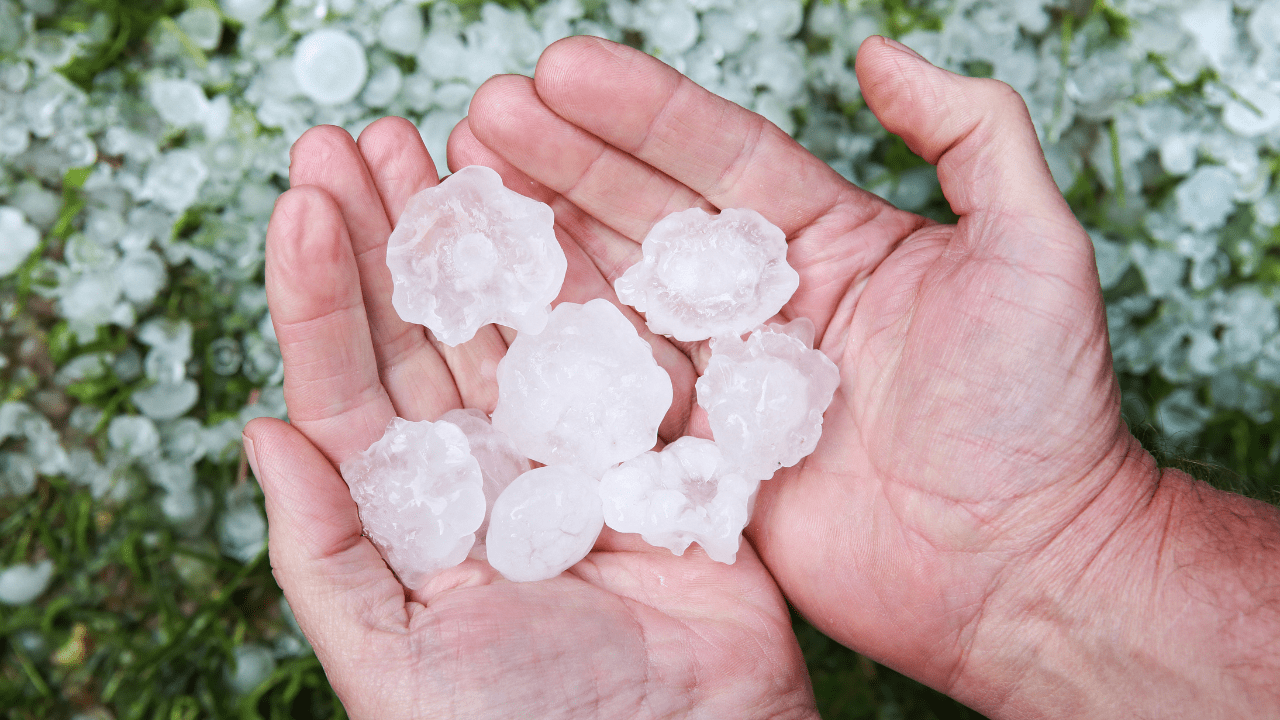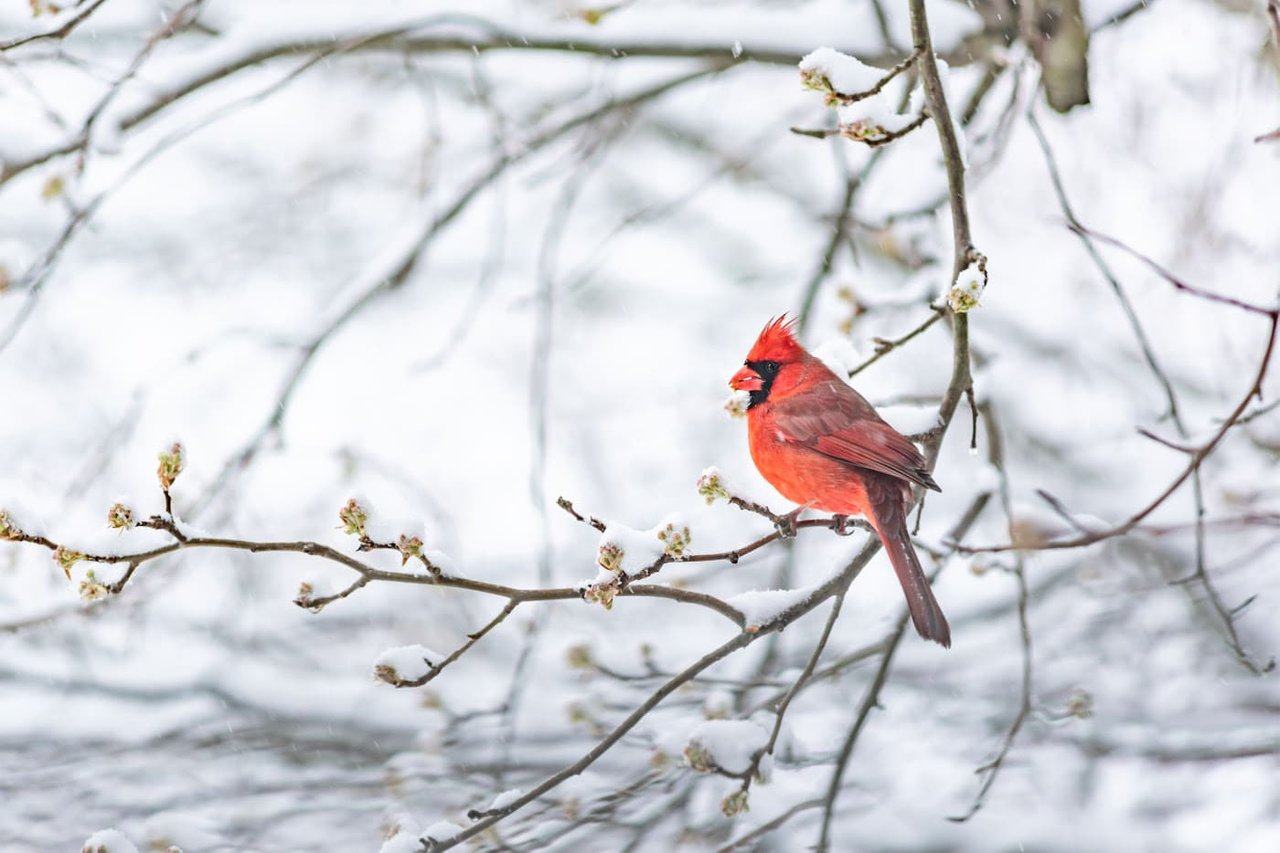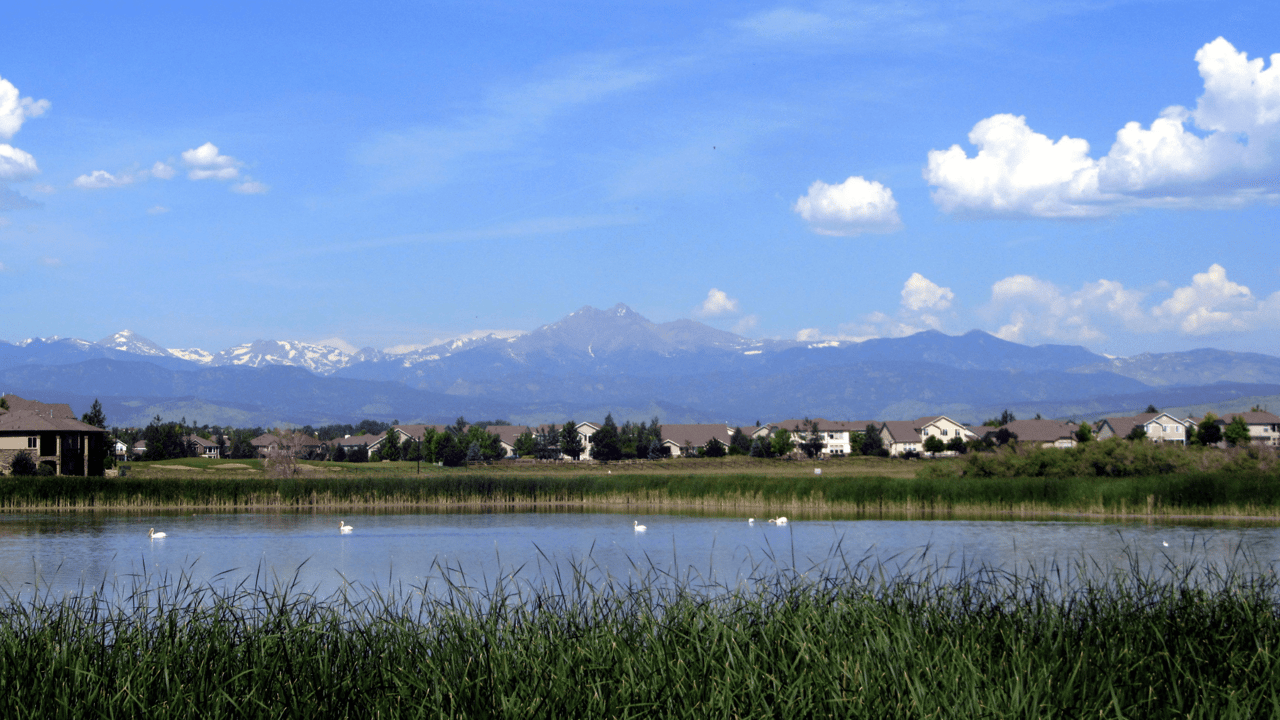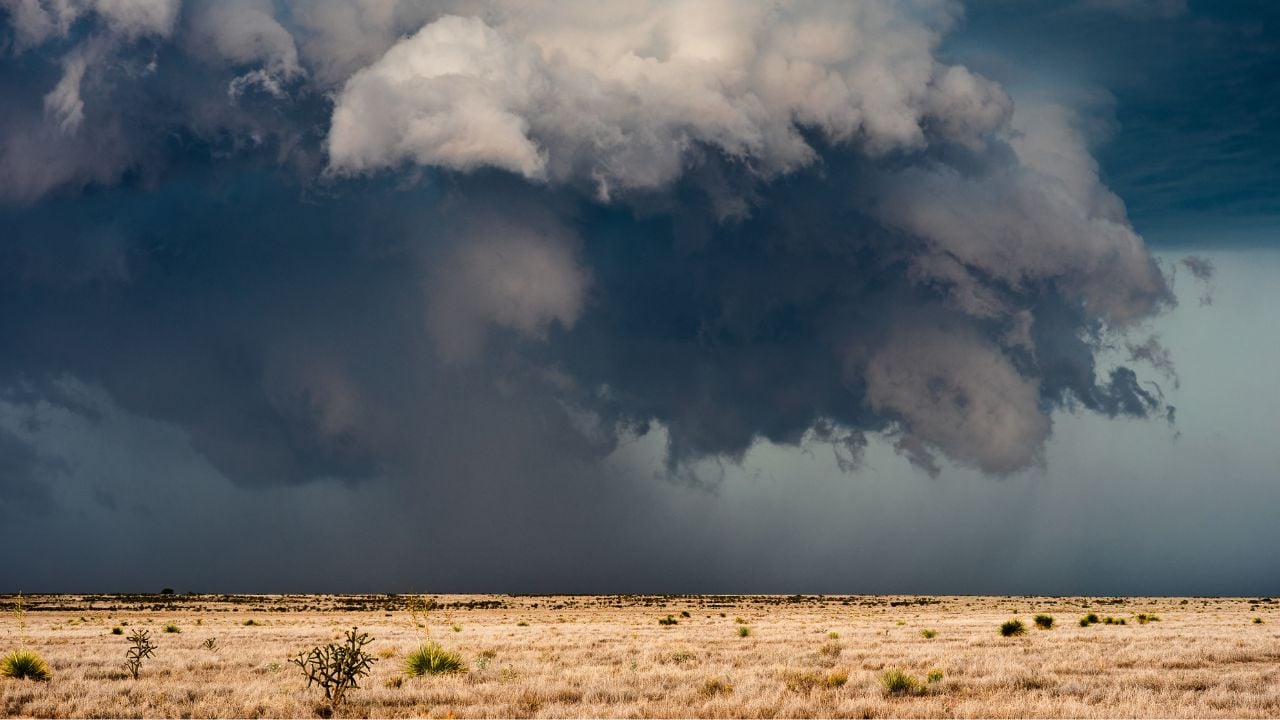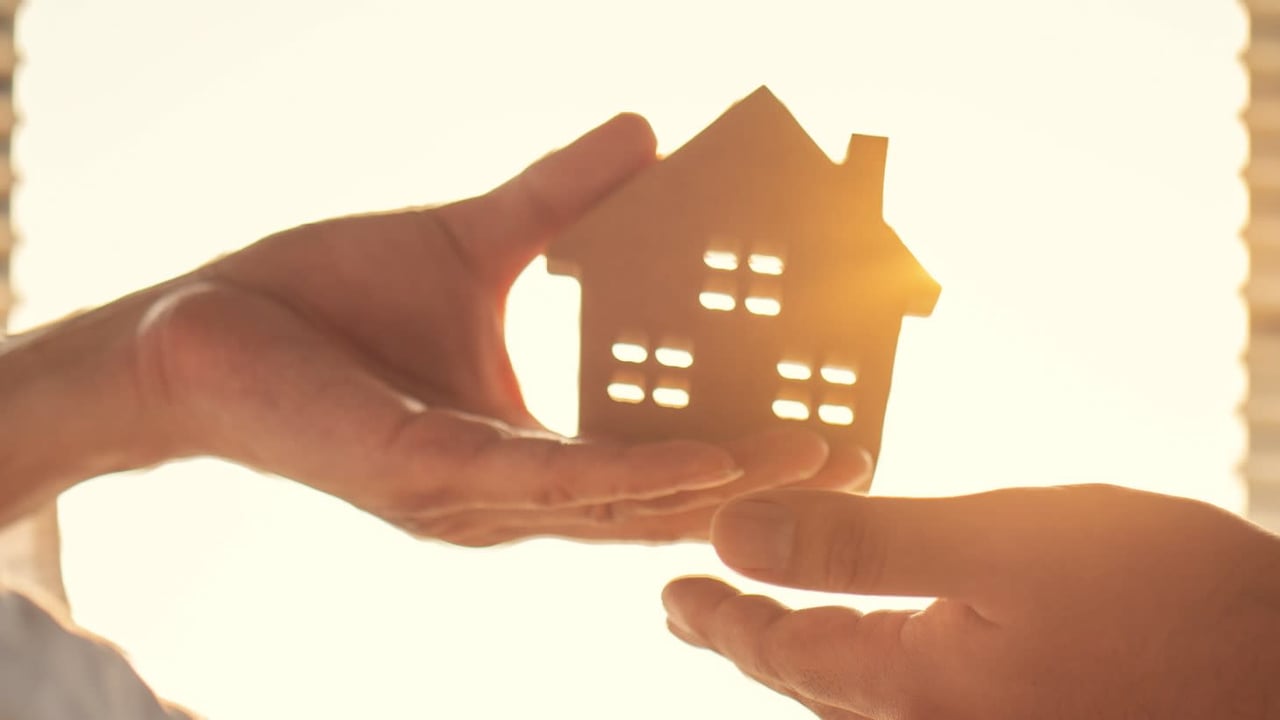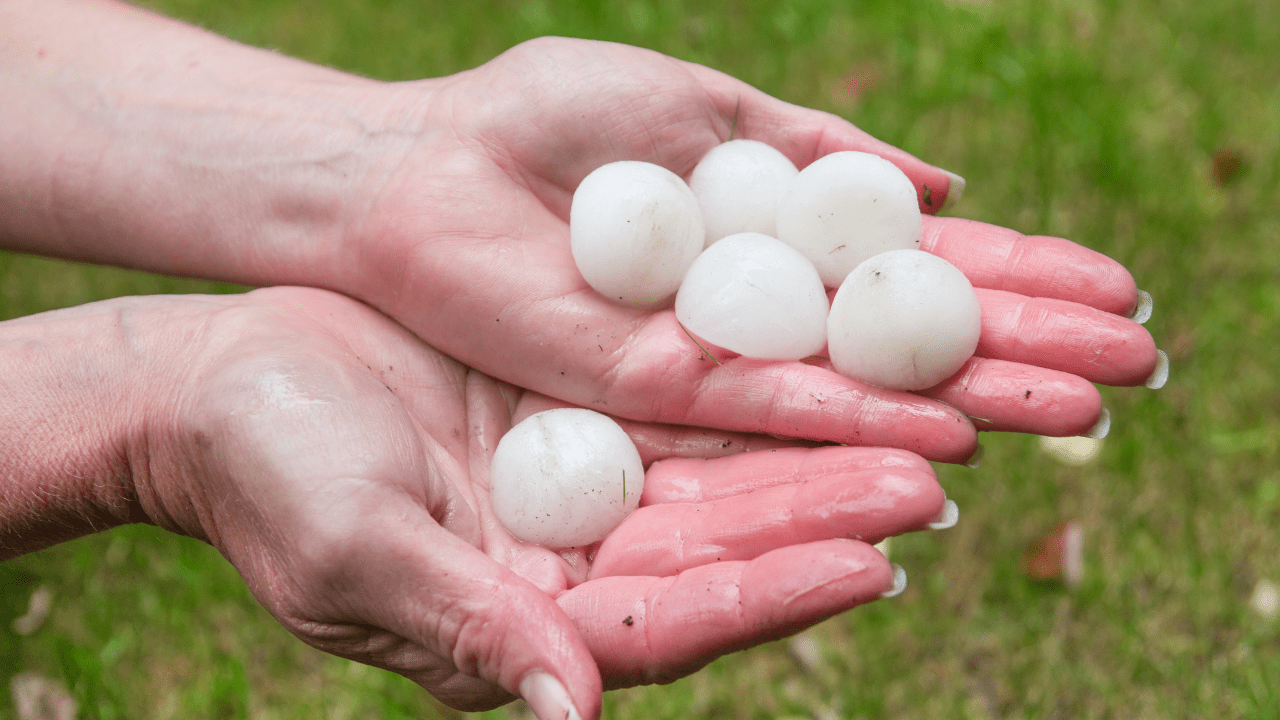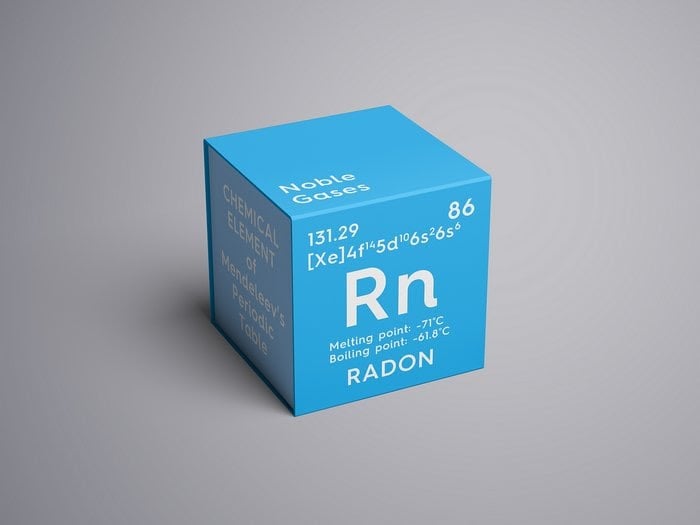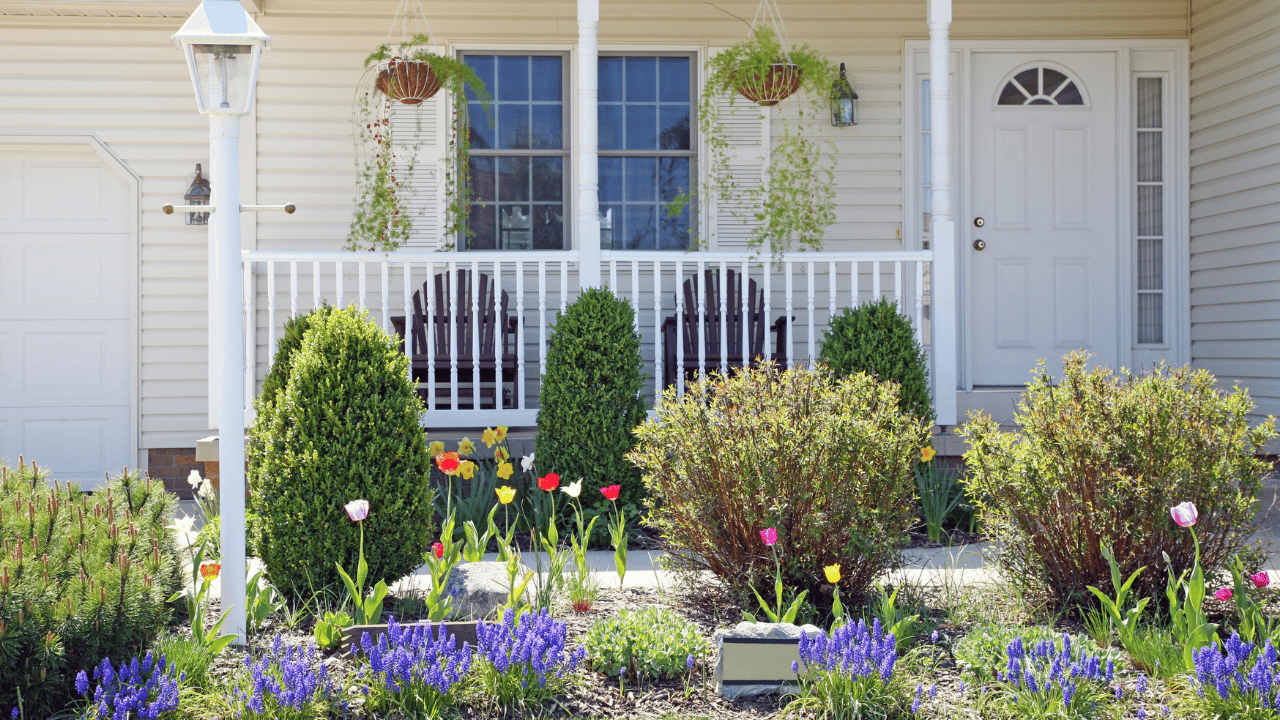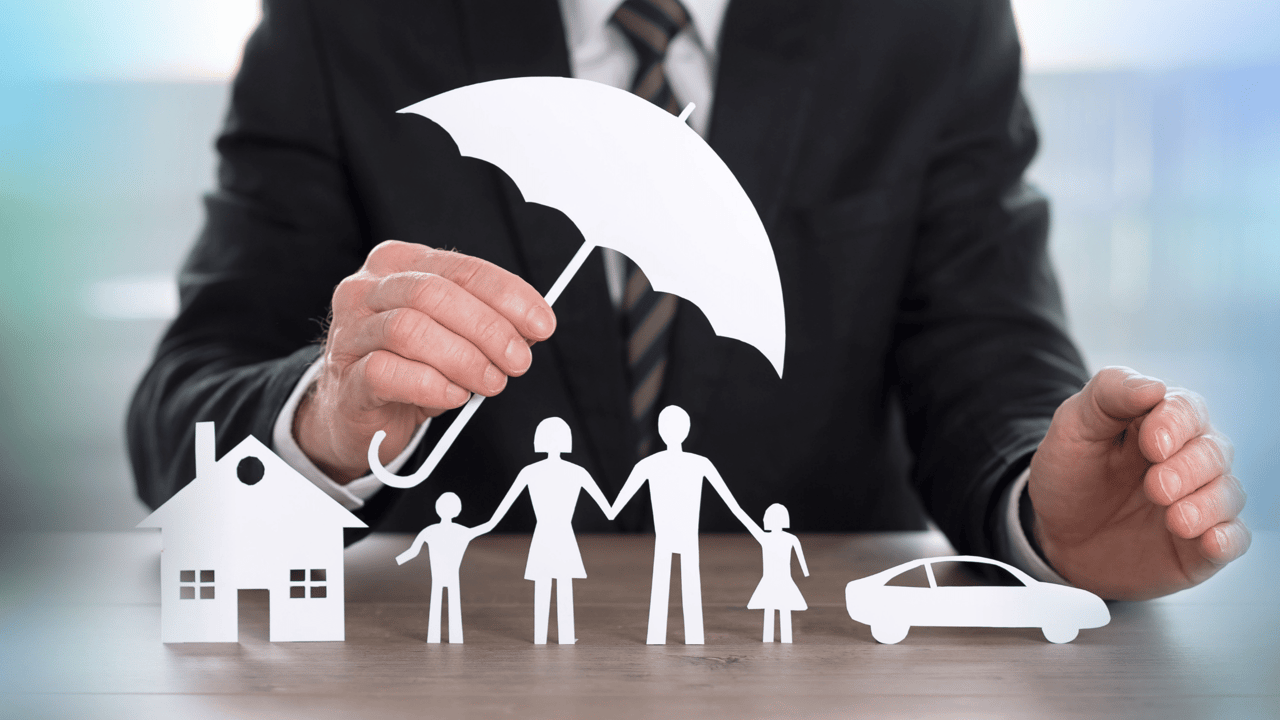Spring is upon us! The lilacs are blooming, the perennials are waking up, the trees are budding, and the grass is green. We’re fortunate to have gotten some rain to help things along; alas, with rain in Colorado can come hail. We’ve already seen it a couple times this year. And as homeowners, we know hail damage can be a real concern during storm season. Read on below to learn how to be prepared, and how to proceed if your home does incur hail damage.
Why the fuss?
According to the National Weather Service in Boulder, prime season for severe weather is between May 15th and June 15th. The Denver Post just reported that the severe storm that struck the Front Range around this time last year resulted in 1.4 billion dollars in home damage. The majority of insurance claims were for roof repairs and replacements for over 100,000 homes.
Carole Walker, executive director of the Rocky Mountain Insurance Information Association, shared that “Colorado’s growing population, more severe storms, construction labor shortages and the higher expense associated with repairing newer cars with sensors are all helping to drive up the cost of claims.” So where does that leave us?
First things first
This is a good time to review your homeowners’ policy, and understand your coverage.
So speak with your insurance agent and make sure that you have sufficient coverage for roof repairs or a replacement in the event of storm and hail damage, particularly in light of the rising cost of claims in the state.
Uh oh... now what?
If your home is affected by hail, it can be a good idea to first call a reputable roofing contractor to come to your home and assess the damage. Often, they will be able to meet the insurance adjuster after your claim is filed and explain the extent of any damage.
If you don’t have a roofer that you know and trust, always feel free to reach out to us for recommendations. In our industry, we’ve found a wide spectrum of customer satisfaction and are happy to give you names of contractors that our clients have had good experiences with.
Raise the Roof!
Lastly, if and when you do need to replace your roof -- whether due to damage or because it’s at the end of useful life -- you may consider using hail-resistant roofing products to help mitigate risk for damage in the future. A single layer of underlayment and rigid roof decking helps with hail resistance for a shingle roof. And of course, selecting a high quality shingle is instrumental. There is a four point scale that classifies hail resistance. Class 4 shingles are expected to provide the greatest protection from hail. A thoughtful roof replacement can be a great safeguard against hail and bring peace of mind for years to come.
So spend a bit of time addressing your preparedness for big storms, and then get back to enjoying this beautiful spring!
As always, if you have more questions, don’t hesitate to reach out! Until next time!
